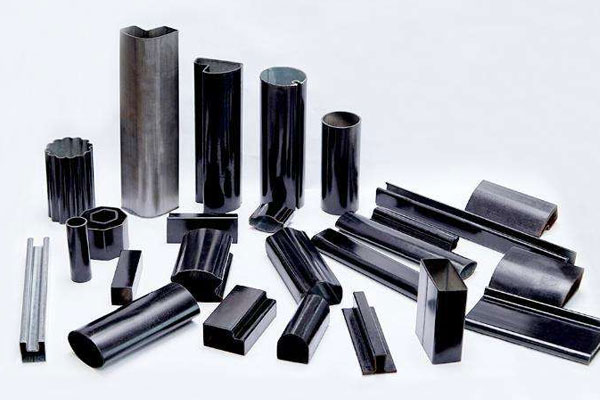influences of different elements in steel
The role of carbon in steel is a double-edged sword. As the carbon content increases, the yield point and tensile strength of the material will gradually increase, but the plasticity and impact properties will decrease. Therefore, the carbon content needs to be tailored to different material uses. When the carbon content exceeds 0.23%, the welding performance will drop sharply, so that the carbon content of low-alloy structural steel used in welding applications cannot exceed 0.20%. Too high carbon content will also cause the steel's resistance to atmospheric corrosion to decline, and high-carbon steel in the open stock yard is prone to corrosion.High carbon content is not clean, but it is a disadvantage. High carbon content can improve the cold brittleness and aging sensitivity of steel.
Silicon is added as a reducing agent and deoxidizer in the steelmaking process. Therefore, killed steel will contain 0.15-0.30% silicon. When the silicon content in steel exceeds 0.50-0.60%, then silicon is considered an alloying element. Silicon can significantly increase the elastic limit, yield point and tensile strength of steel, so it is widely used in spring steel. Spring steels such as 65Mn and 82B contain 0.15-0.37% silicon. Adding 1.0-1.2% of silicon to quenched and tempered structural steel can increase the strength of steel by 15-20%; silicon is joined with molybdenum, tungsten, chromium, etc., to improve corrosion resistance and oxidation resistance, and can be used to manufacture heat-resistant steel ; Low carbon steel with 1.0-4.0% silicon content, with extremely high magnetic permeability, used in the electrical industry to make silicon steel sheets. Of course, silicon is not profitable and harmless, and it will reduce the welding performance of steel.
In the steelmaking process, manganese is a good deoxidizer and desulfurizer. Generally, the manganese content in steel is 0.30-0.50%. When adding more than 0.70% to carbon steel, it is considered "manganese steel". Compared with ordinary steel, it not only has sufficient toughness, but also has higher strength and hardness, which improves the hardenability of steel and improves the hot workability of steel, such as 16Mn The yield point of steel is 40% higher than that of A3. Steel containing 11-14% manganese has extremely high wear resistance and is used in excavator buckets, ball mill linings, etc. High manganese content also has disadvantages. When the manganese content is high, the steel has obvious temper brittleness; manganese has the effect of promoting the growth of grains, which needs to be paid attention to during the heat treatment; when the mass fraction of manganese exceeds 1%, it will reduce the welding performance of the steel.
 中文
中文



